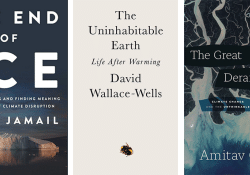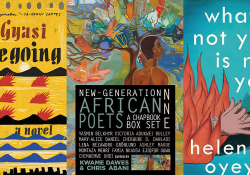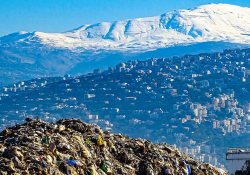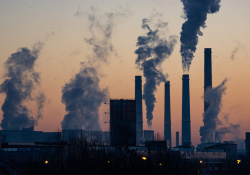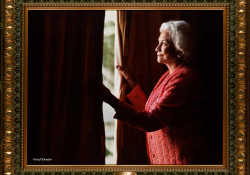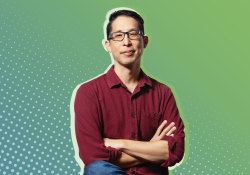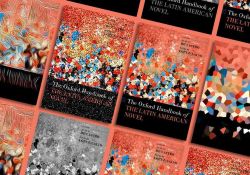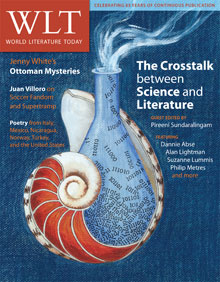Carving Out New Territories
The meeting ground between science and literature has never been so busy. Not only have the last few years seen a proliferation of anthologies such as Riffing on Strings: Creative Writing Inspired by String Theory and Signs and Humours: The Poetry of Medicine, but there has also been a blossoming of conferences, research centers, and foundations dedicated to examining the common space shared by the two disciplines. The U.S. Modern Language Association’s discussion group on cognitive approaches to literature currently has more than 1,200 members, while last year in Europe alone there were over a dozen conferences and symposia attempting to bridge both literature and science.
Nevertheless, as with any pioneering age, there is a certain level of braggadocio, a tendency to jump on the loudest and most lucrative bandwagon rolling by. An article in last year’s New York Times (March 31, 2010) announced “The Next Big Thing in English,” interviewing a series of literary scholars who seem to have found their own Philosopher’s Stone sitting on the benches of the neuroscience laboratory. Their claims were as diverse as creating a scientific method for quantifying the complexity of literature to unearthing the evolutionary basis for the preponderance of love triangles in fiction. It has fallen to scholars such as neurologist–poet Raymond Tallis to caution us against blindly adopting reductionist analyses of literature (“The Neuroscience Delusion,” TLS, April 9, 2008). All too often, the finer details of the rigor to be found in each discipline are glossed over in an attempt to precipitate swift partnerships, and, unfortunately, those reporting for the mainstream media are rarely qualified enough in the technicalities of both disciplines to point out these slips.
As we strive to demarcate the nature of these new territories, it becomes vital to consider the thoughts and work of those who have lived and worked in both worlds. In the following pages, award-winning writers share their personal experiences of the strengths and the weaknesses to be found in the cross-fertilization between the two disciplines: Welsh poet and memoirist Dannie Abse examines how his own creative writing has both benefited from and remained at odds with his medical training; playwright Kenneth Lin, trained as a psychologist at Cornell, delineates the ways in which the intersection of scientific theory and the physical framework of the theater may or may not co-create a system of moral beliefs; physicist Alan Lightman and philosopher Rebecca Newberger Goldstein discuss why they each turned to fiction to add a further dimension to their own scholarly research.
The articles gathered here encourage us, as readers, to focus on methodologies, or craft, in both of these disciplines, to question how both writers and scientists parcel up information for our consumption and delight. Each of the features in this special section engages, in its own way, with examining the nature of investigation itself. We see the notion of the experiment explored from a range of different angles, perhaps none more practically than in the prose poem/article by architect Eric Ellingsen, in which he examines the constraints of urban design through hands-on experimentation with literary forms in the physical landscape.
As we explore the fertile ground that lies between science and literature, we inevitably find ourselves searching for fresh language, new figures of speech through which we can grasp potential convergences. The five poems featured in this section give us a taste of how contemporary poets around the world are conducting their own experiments in language, from playfully mapping the parallels between computational language and organic forms to exploring the metaphorical resonances between the language of external weather systems and the inner workings of the body.
The zoologist and novelist Vladimir Nabokov once asked, “Does there not exist a high ridge where the mountainside of ‘scientific’ knowledge joins the opposite slope of ‘artistic’ imagination?” In the following pages, we invite you to join some of those writers who make this high ridge their home.
San Francisco
